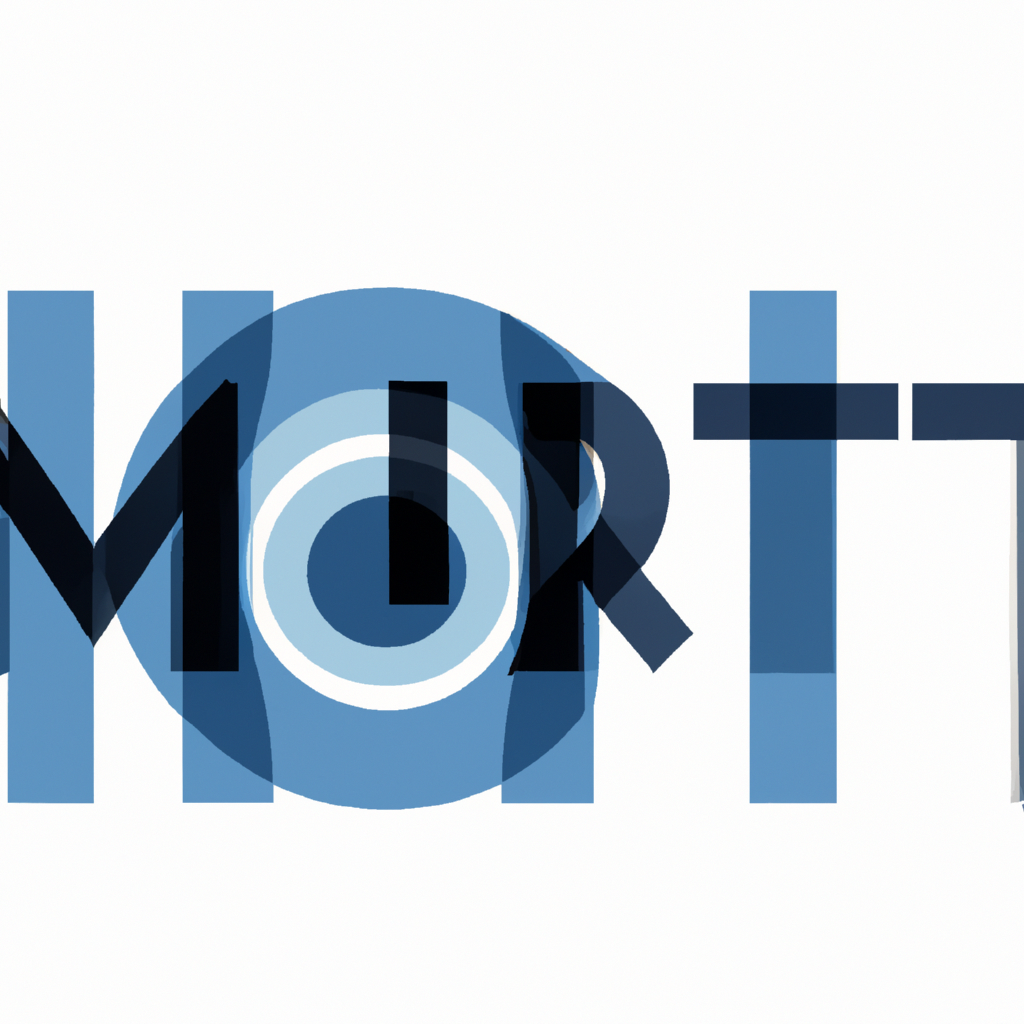
In a stunning disturbance to the art world's high echelons, the Los Angeles County Museum of Art (LACMA), often a bastion of cultural heritage and artistic integrity, finds itself the center of an escalating controversy. Esteemed Korean art experts have cast a shadow over LACMA’s recent exhibition, accusing the venerable institution of showcasing what they claim are counterfeit representations of historic Korean paintings.
The exhibition, which was intended to celebrate the depth and diversity of Korean art, featuring pieces purported to date back centuries, has instead been marred by allegations and skepticism. The discord began murmuring at the dawn of the display, evolving into a crescendo of expert critique and media scrutiny. Such disputes not only question the authentication processes employed by towering institutions but also provoke a larger dialogue about the stewardship of cultural heritage.
Artistic authenticity lies at the core of the museum experience, binding viewer trust and institutional reputation. When the veracity of art pieces is challenged, it not only undermines the immediate exhibition but also casts long shadows over future displays and the institution's role as a cultural custodian. In this scenario, the Korean art connoisseurs suggest a breach of this sacred trust, proposing that LACMA has, perhaps unintentionally, exhibited "fake" pieces—mere imitations of priceless originals.
The dialogue around the controversial exhibition is riven with complexities pertaining to the processes of art verification. Experts in Korean art argue that specific brushwork and material inconsistencies reveal the works' dubious origins. The contention underlines the delicate expertise required to differentiate authentic relics from skillful replicas, a task compounded by technological advancements and the sophisticated techniques of modern forgers.This debacle has reinvigorated pertinent discussions in art circles about the necessity of rigorous due diligence and expert consultation before unveiling historical art pieces to the public. Institutions holding cultural artefacts are not just keepers but are viewed as defenders of a cultural lineage, expected to guard against the dilution or misrepresentation of heritage.
As LACMA addresses these accusations, the art world watches keenly, understanding that the outcome could have far-reaching implications for museums globally. The incident beckons a reevaluation of protocols and perhaps a more guarded approach to authenticating and displaying ancient artworks, ensuring that the narratives shared are not only compelling but also, crucially, genuine.